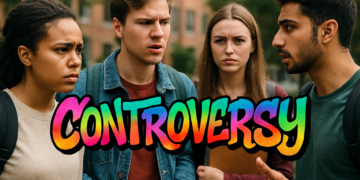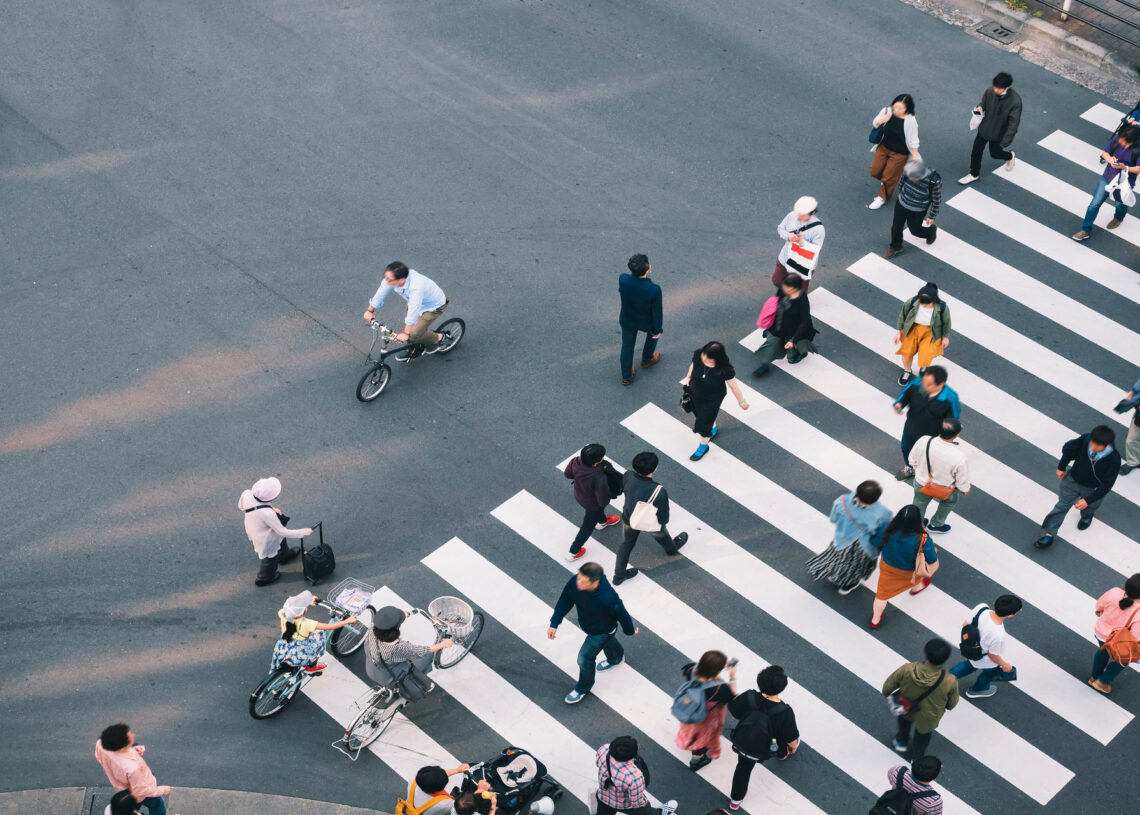Crime reduction in urban areas is a challenge that continues to demand attention. Addressing such a critical issue requires creative thinking, practical approaches, and a commitment from the community, local leaders, and policymakers alike. Here are five actionable ideas for making urban neighborhoods safer while fostering a sense of belonging and progress.
1. Community Engagement Programs Build Strong Connections
Creating safer neighborhoods begins with active community involvement. Programs such as neighborhood watches, block parties, and even cleanup drives give residents the tools to come together and work towards a common goal. People are more likely to look out for each other when trust and connections exist between community members, making it harder for criminal activities to go unnoticed.
Many cities have implemented neighborhood watch programs that pair citizens with local law enforcement, leading to a measurable reduction in burglaries and petty crimes. When residents know their neighbors and care about their surroundings, they feel empowered to play an active role in the safety conversation.
2. Better Urban Design Deters Crime
Urban design matters more than most people realize. Well-lit streets, public spaces designed to be inviting rather than neglected, and open layouts that discourage hiding spots help improve safety. Solar lighting plays a role in sustainable urban development by creating a sense of security and supporting environmental goals. Install the lighting along paths, parks, and streets. More lighting in high-crime areas can directly reduce violence and theft, transforming once-dangerous spaces into enjoyable public areas.
Additionally, investing in simple updates such as better-maintained sidewalks and open spaces encourages foot traffic, which in turn adds an extra layer of safety. Criminals are less likely to engage in illegal activities when they feel exposed due to good visibility and a steady flow of people.
3. Thriving Local Businesses Uplift Communities
When local businesses succeed, entire communities benefit. Thriving businesses create more job opportunities, attract visitors, and transform areas with fewer economic prospects into bustling social hubs. These changes contribute to a ripple effect that lowers crime rates. Cities that invest in business development programs show a resurgence in certain neighborhoods, reviving local economies.
By hosting community markets, creating opportunities for small businesses, or providing grants to entrepreneurs, urban areas can foster a sense of economic stability. With more jobs and fewer idle hands, crime becomes far less appealing.
4. Education and Job Training Offer Better Paths
Opportunities for growth and stability often begin with education. Offering educational programs and vocational training in urban communities can make a big difference. Access to trade apprenticeships, digital skills boot camps, and GED programs provides alternate routes that help many individuals avoid criminal behavior.
Implementing workforce development programs focused on at-risk youth, combining mentorship and job training, shows increased employment rates and lower delinquency. People need opportunities they can believe in, and education or skill-building programs offer just that.
5. Mental Health Support Addresses Root Issues
Mental health often plays an overlooked role in crime reduction. Providing accessible mental health services in urban areas can tackle the deeper issues that frequently contribute to criminal behavior. When people have access to therapy, counseling, or crisis intervention hotlines, they can manage stress, conflict, or untreated mental illnesses.
Reducing crime in urban communities is not an overnight task, but meaningful efforts like these show how progress is possible. By fostering connections, improving public spaces, investing in people, and supporting mental wellness, cities can transform into safer, more vibrant places to live.

















































































